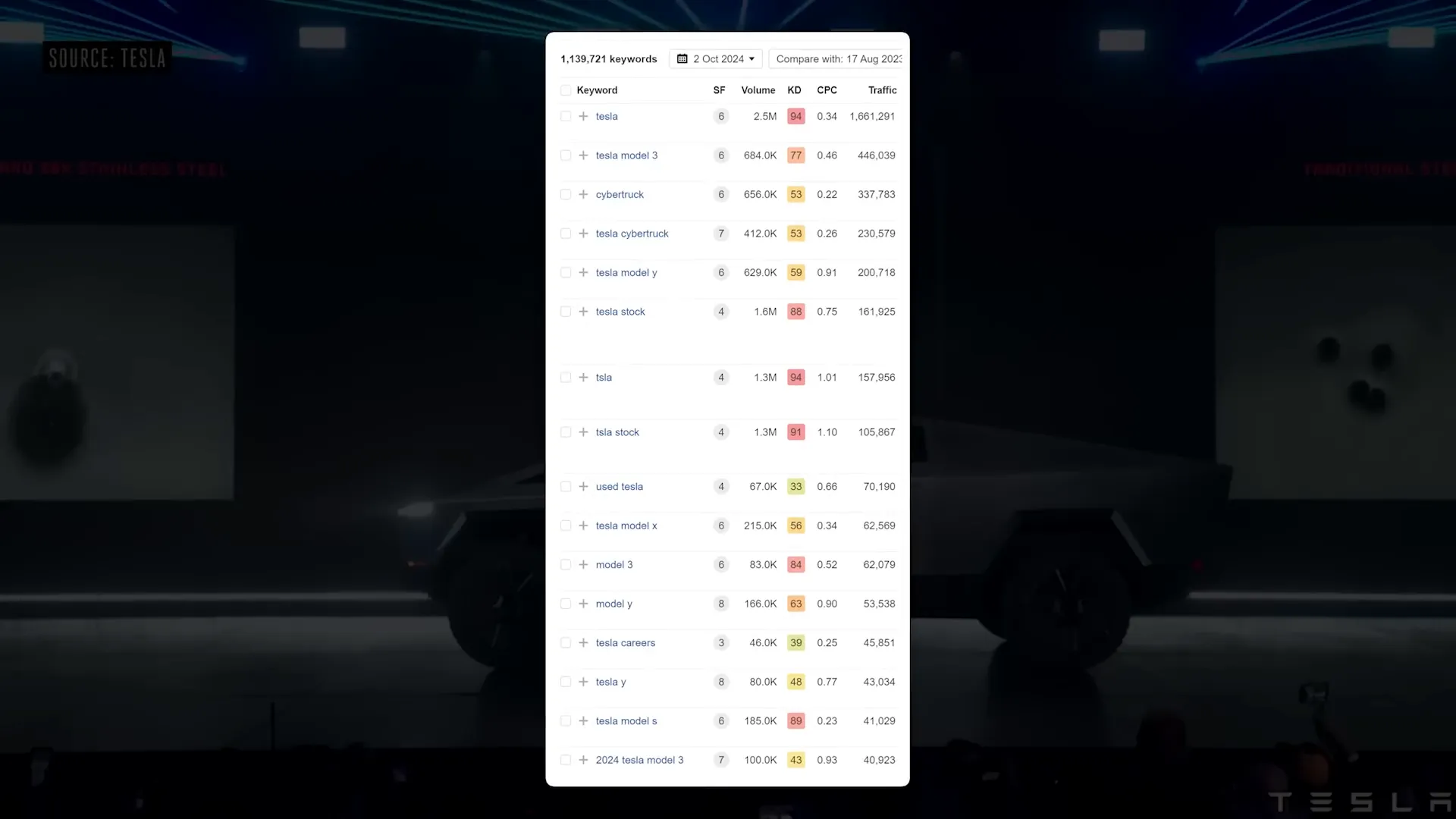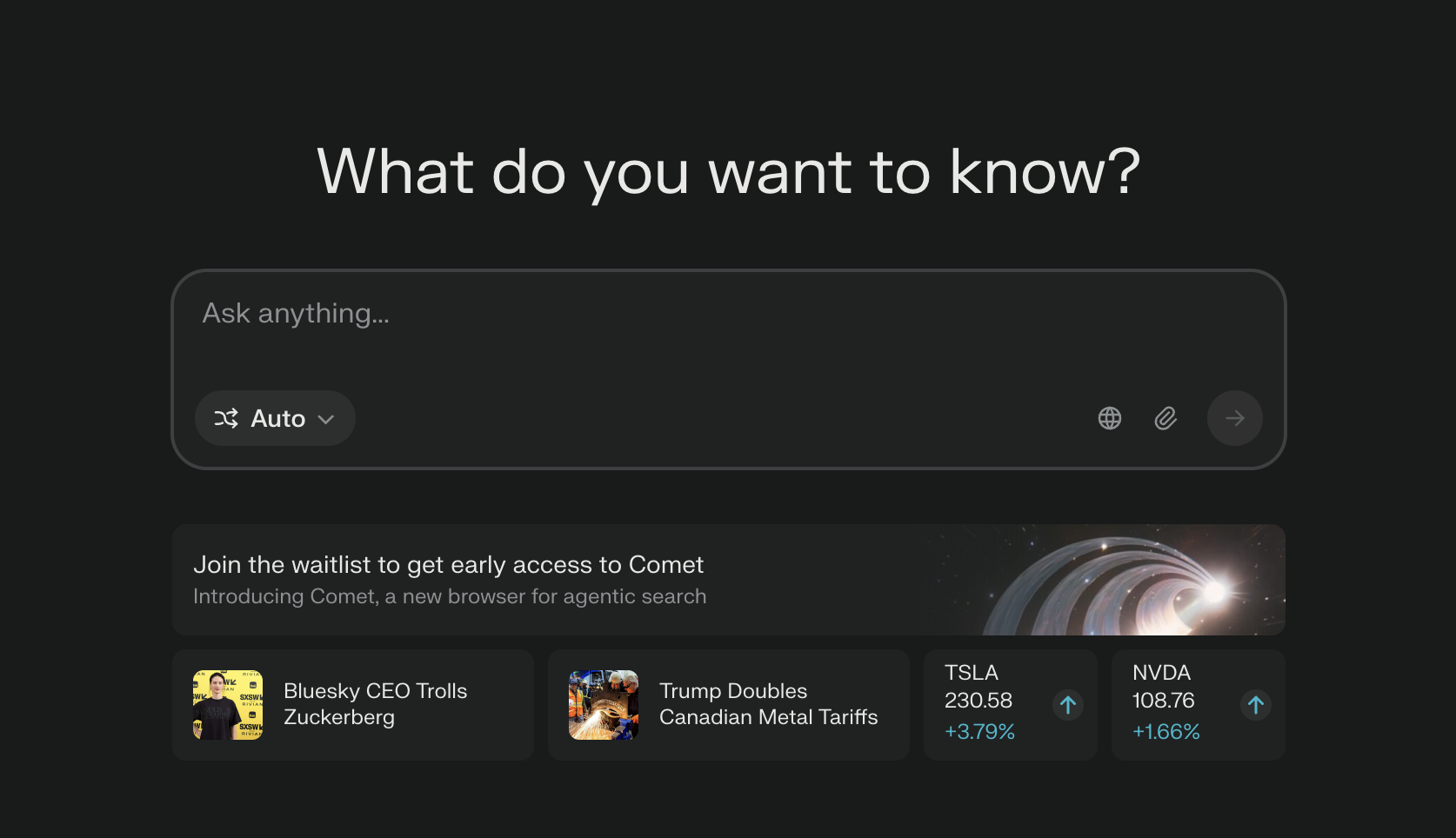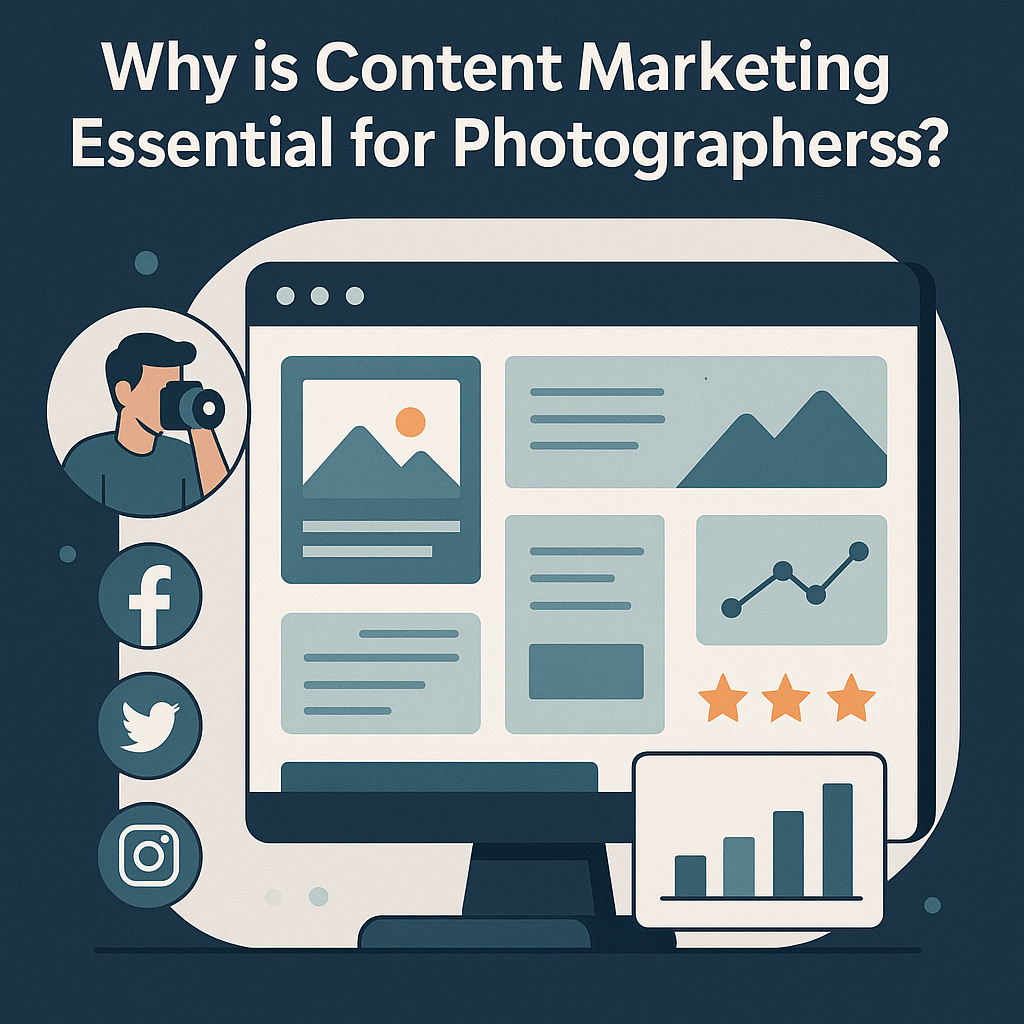TL;DR: Organic CTR will keep falling—expect ~15% clicks from page-one searches. I recommend shifting 50%+ of your SEO effort off-site, owning mid/bottom-funnel queries, and building anti-AI assets plus solid technical foundations on your site.
I watched Nathan Gotch’s 2026 SEO prediction and, as the owner of a Hawaii marketing agency, I want to lay out what this means practically for brands. The headline: organic click-through rates are shrinking. Search engines and AI are increasingly answering queries without sending traffic to your site. That doesn’t mean SEO is dead—it means the game changed. Here’s what was discussed, what I agree with, where I’d pivot, and a clear checklist you can apply.
Table of Contents
- What was tested or discussed
- What went right (agree with)
- What went wrong or needs nuance
- What I would do differently (my tactical pivots)
- Practical, tactical checklist (what I’d implement this quarter)
- Key takeaways
- FAQ
- Final word
What was tested or discussed
- Prediction: organic CTR on Google’s first page is dropping; average ~15%.
- A suggested activity split: roughly 50% off-site (third-party), 30% on your website, remainder on brand assets and marketing channels.
- Website strategy highlights: control your brand narrative, publish pricing, FAQs, competitor comparisons, and positive news.
- Content strategy: prioritize mid/bottom-funnel listicles and competitor comparison pages; avoid feeding AI with generic how-to content on your site.
- Build “anti-AI” assets: experience-driven posts, interviews, first-party data, and real free tools.
- Technical fundamentals: use HTML, solid internal linking, ensure crawlability/retrievability, and fast page load times.
- Off-site emphasis: YouTube, Reddit, Quora, industry blogs, forums, UGC, influencer mentions, and review platforms are used for retrieval and training AI models.
What went right (agree with)
- The urgency to own your branded queries. When AI pulls answers, it looks to primary sources first—your site should be that source.
- Shifting effort off-site. Platforms like YouTube and large forums already rank and get surfaced in AI retrieval; leaning into them is smart.
- Anti-AI assets are a very practical idea. Content that’s experiential, exclusive, or rooted in first-party data resists easy replication by large language models.
- Technical basics still matter. HTML pages, internal linking, crawlability, and speed are table stakes for both search engines and AI retrieval.
What went wrong or needs nuance
- Blanket avoidance of how-to content on your site is too absolute. Some how-tos still convert and support SEO funnels—but the point stands: don’t produce generic, commoditized content that mainly feeds AI without driving conversions.
- Percent-based activity splits (50/30/20) are helpful as a starting framework, but every business needs a customized allocation based on funnel, industry, and audience behaviors.
- Paying influencers for positive mentions works, but over-reliance on paid sentiment without genuine user engagement and reviews creates brittle signals. AI may not distinguish paid vs organic now, but brand longevity needs authentic advocacy.
What I would do differently (my tactical pivots)
Here’s where I would layer strategy as an agency owner:
- Prioritize first-party data collection: integrate lightweight behaviors and gated, high-value assets (surveys, tool outputs, research reports) so you own unique signals AI can’t source elsewhere.
- Segment the 50% off-site investment: split between creator partnerships (paid + organic), authoritative placements (industry blogs, sponsored posts), and platform-owned content (YouTube, LinkedIn long-reads, podcasts).
- Make anti-AI assets conversion-first: pair experience-driven stories with strong CTAs, case studies with downloadable artifacts, and interviews that include unique transcripts or data that require visitors to your site for deeper value.
- Internal linking as a conversion funnel: structure internal links not just for topical relevance but to guide mid-funnel visitors into product pages, demos, and lead magnets.
- Test influencer mix early: “If I were running this, I would’ve layered in creator partnerships upfront.” Start with short brand mentions, then scale to co-created interviews and data-led content.
Practical, tactical checklist (what I’d implement this quarter)
- Audit branded queries: ensure pricing, team bios, FAQs, and press/news are on your site and easily discoverable.
- Build 10+ mid/bottom-funnel listicles and competitor comparison pages that include your product position and CTAs.
- Create three anti-AI assets: an experience-driven case study, a recorded expert interview (transcript gated), and at least one first-party data report or calculator.
- Fix technical basics: ensure HTML rendering, map internal linking by topic clusters, unblock AI crawlers, and improve LCP/TTFB.
- Launch a cross-platform content push: publish complementary how-to videos on YouTube, repurpose highlights on LinkedIn, and engage in relevant Reddit/Quora threads with value-first comments and links to your unique assets.
- Set up review programs across two to three industry review platforms and local directories to build authentic UGC signals.
- Test influencer mentions: start with paid short mentions, measure sentiment and retrievability impact, then scale to partnerships that produce enduring content.
“Attention doesn’t always mean action—and this test proved that clearly.”
“Here’s where the campaign lost momentum for me: too much generic content that only fed the AI without creating unique reasons to click.”
Key takeaways
- Organic CTR is shrinking—don’t expect the old exchange of content for traffic to function the same way.
- Control your brand narrative on your site: pricing, FAQ, team, and news matter more than ever.
- Invest heavily off-site (YouTube, forums, influencers, industry blogs) while using your site as the authoritative source for branded and bottom-funnel queries.
- Build anti-AI assets that deliver unique value: experience, interviews, tools, and first-party data.
- Technical SEO remains necessary: HTML, internal linking, crawlability, and speed are non-negotiable.
FAQ
How much of my SEO budget should I shift off-site?
Use the 50/30 framework as a baseline: aim for ~50% of effort on third-party platforms, ~30% on your website, and the remainder on brand partnerships. Adjust based on your funnel and industry specifics.
What are anti-AI assets and why do they matter?
Anti-AI assets are content types the AI can’t easily replicate: experience-driven narratives, human interviews, proprietary tools, and first-party data. They create unique value that compels users to click and engage.
Should I stop publishing how-to content on my site?
Not entirely. Don’t publish generic guides that only feed AI. Prioritize how-tos that are exclusive, tied to your product using first-party insights, or that funnel readers to conversion-focused assets.
Do paid influencer mentions actually influence AI models?
Yes—AI systems extract transcripts and sentiment, often without distinguishing paid vs. organic mentions. Use paid mentions strategically but couple them with authentic reviews and user engagement for durability.
Final word
SEO is not dead—it’s simply broader. If you treat SEO as website-only work, you’ll shrink your opportunity. Treat SEO as cross-channel marketing: own your brand story, invest in anti-AI assets, prioritize first-party data, and use off-site platforms to capture attention where AI already surfaces answers. Do that, and you’ll keep capturing the clicks that matter.




